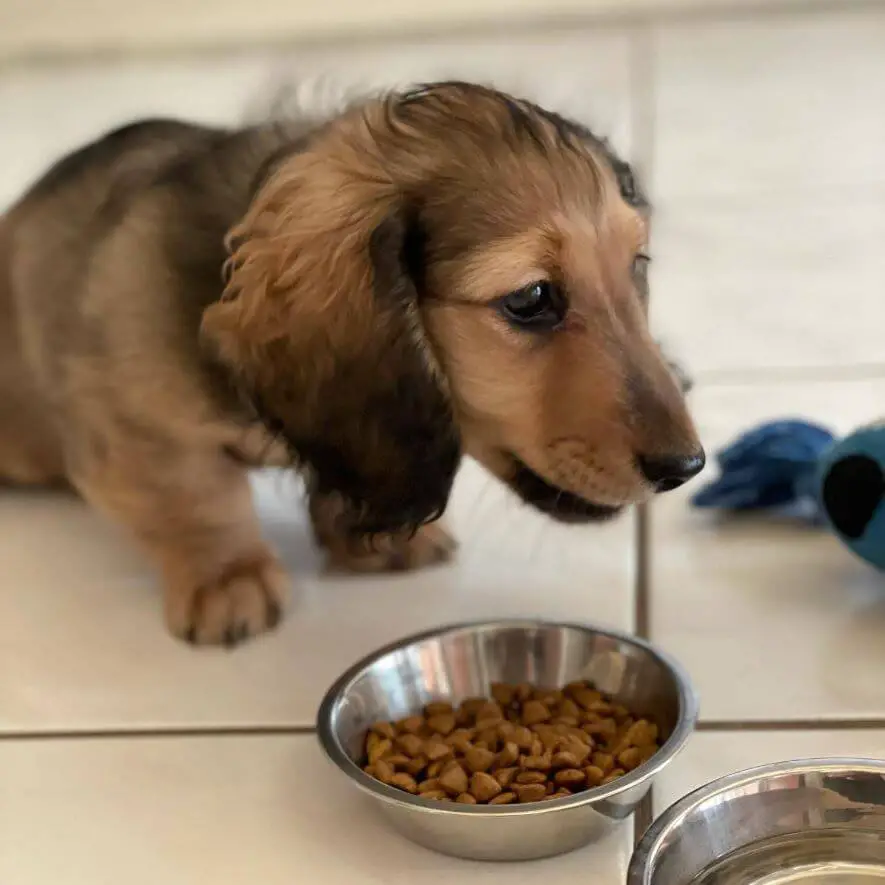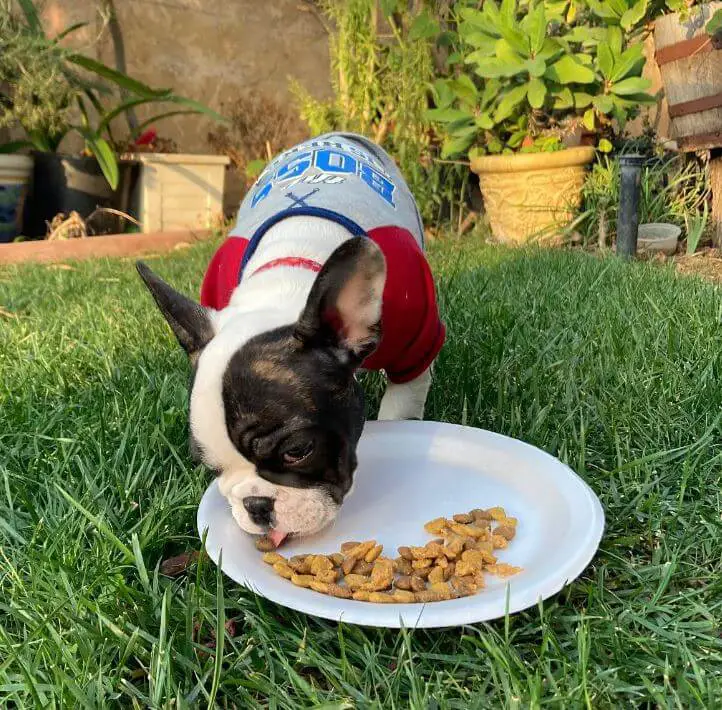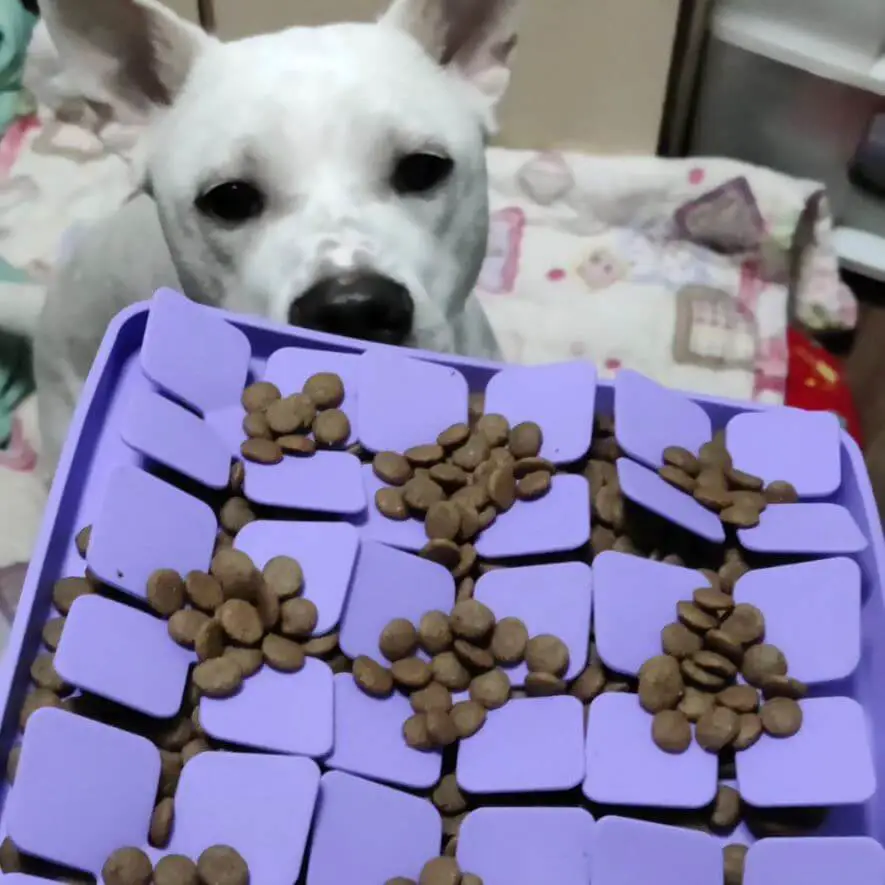Does your dog wolf down their food in seconds, leaving you concerned about their eating habits? Eating too quickly can lead to various health issues for your furry friend, such as bloating, choking, and digestive problems. In this article, we will explore the reasons why some dogs eat too quickly and provide practical tips to help your canine companion eat more slowly and develop healthier eating habits.

Why Do Dogs Eat Too Quickly?
Several factors can contribute to a dog’s tendency to eat too quickly:
- Instinctual Behavior: In the wild, dogs compete for food, and eating quickly was essential for survival. This instinct can still be present in domesticated dogs, especially if they have a history of competition for food.
- Food Enthusiasm: Some dogs simply love their food and can’t wait to gobble it up, especially if they find it particularly tasty.
- Lack of Satiety: If your dog is not feeling satisfied with their meals or is on a restricted feeding schedule, they may eat quickly to fulfill their hunger.
Potential Health Risks of Eating Too Quickly:
Eating too quickly can lead to the following health issues:
- Bloating: Rapid eating can cause excess air intake, leading to bloating or gastric dilation-volvulus (GDV), a potentially life-threatening condition.
- Choking and Regurgitation: Wolfing down food can increase the risk of choking or regurgitation, especially if large pieces are swallowed without proper chewing.
- Digestive Problems: Eating too quickly can disrupt the digestive process, potentially causing indigestion, gas, and diarrhea.

Tips to Encourage Slow Eating:
Promote healthier eating habits for your dog with these simple tips:
- Use Slow Feeding Bowls: Invest in slow feeding bowls or puzzle feeders that are designed to slow down eating. These bowls have obstacles or ridges that make it challenging for dogs to gulp down their food quickly.
- Divide Meals into Multiple Portions: Instead of feeding your dog one large meal, divide their daily food portion into smaller, more frequent meals. This approach can help reduce the urgency to eat quickly.
- Create a Feeding Schedule: Establish a consistent feeding schedule for your dog. Predictable meal times can reduce anxiety and prevent them from feeling the need to rush through their food.
- Add Water to Dry Food: If your dog eats dry kibble, try adding some water to create a moist texture. This can slow down eating and also provide additional hydration.
- Use Food Dispensing Toys: Food-dispensing toys, like Kong toys, can engage your dog’s mind and extend their mealtime as they work to get the food out of the toy.
- Hand Feed or Scatter Feed: Hand feeding or scattering food around the garden or home can make mealtime more interactive and prevent rapid consumption.
- Be Patient and Consistent: Changing your dog’s eating habits may take time, so be patient and consistent in implementing these tips.

Promoting slower eating habits for your dog is crucial for their well-being and digestive health. By implementing the tips mentioned in this article, you can help your canine companion enjoy their meals at a more leisurely pace, reducing the risk of potential health issues associated with eating too quickly. Remember, a healthy eating pace ensures a happy and satisfied dog.
